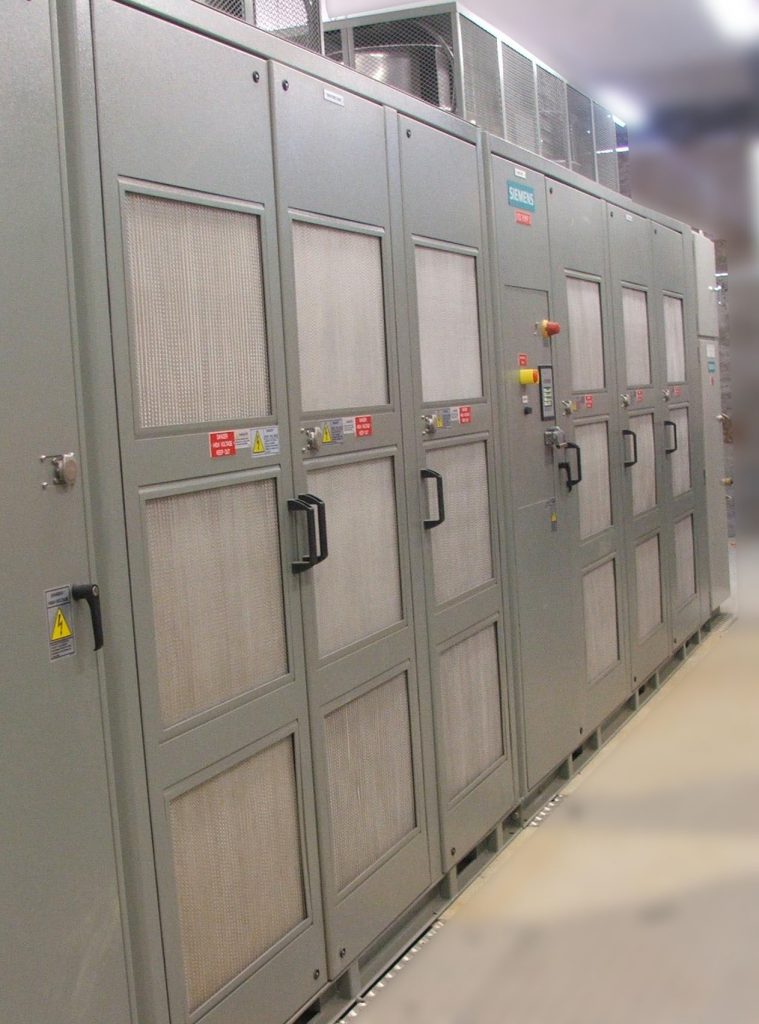A Soft Starter and a Variable Speed Drive (VSD), sometimes also referred to as a Variable Frequency Drive (VFD), are both devices that can control the starting of a motor, but they serve somewhat different primary functions and have different operating principles. The starting current for a soft starter and a variable frequency drive (VFD), differs significantly, and their functions in controlling electric motors are distinct.
Soft Starter
A soft starter primary purpose is to reduce the inrush current and mechanical shock when starting a motor. It doesn't vary the speed of the motor during operation. Soft starters use voltage control to limit the initial inrush current. They typically employ thyristors (or other silicon-controlled rectifiers) to ramp up the voltage applied to the motor during the startup phase.
Soft starters gradually increase the voltage applied to the motor during startup, which in turn reduces the initial inrush current. Typically, with a soft starter, the starting current can be limited to 3-4 times the motor's rated full load current.
Variable Speed Drive (VSD or VFD)
A VSD/VFD is designed to control the speed and torque of a motor by varying the motor's input voltage and frequency. While they also can limit the inrush current during startup, their primary function extends beyond just the start phase.VFDs typically start motors with close to their rated current or even less. They essentially provide a "soft start" by default, but their ability to vary frequency and voltage can provide an even smoother start than soft starters. The inrush current can often be limited to 1-1.5 times the motor's rated full load current when using a VFD.
VFDs convert the incoming AC power to DC and then invert it back to a variable frequency and voltage AC power. This allows the VFDs to precisely control of the motor's speed, enabling it to operate at various speeds below its rated speed. This control capability is advantageous in applications where speed adjustments are necessary for process control, energy savings, or other operational requirements.
Comparison
| Description | Soft Starter | Variable Frequency Drive |
|---|---|---|
| Starting Current | 1.50 - 6.0 x Full Load Current | 1.0 - 1.5 x Full Load Current |
| Starting Operating Principle | Reduces voltage during starting | Reduces voltage and frequency during starting |
| Speed control | Yes | No |
| Efficiency | Higher | High |
| Harmonics | Minimal (only during starting) | Yes |
| Application | Common in applications where a smooth start is required but continuous speed control isn't, such as pumps, fans, or conveyors | HVAC systems, process control, or any application that benefits from energy savings through speed control |
| Standard | IEC 60947-4-2 | IEC 61800 |
